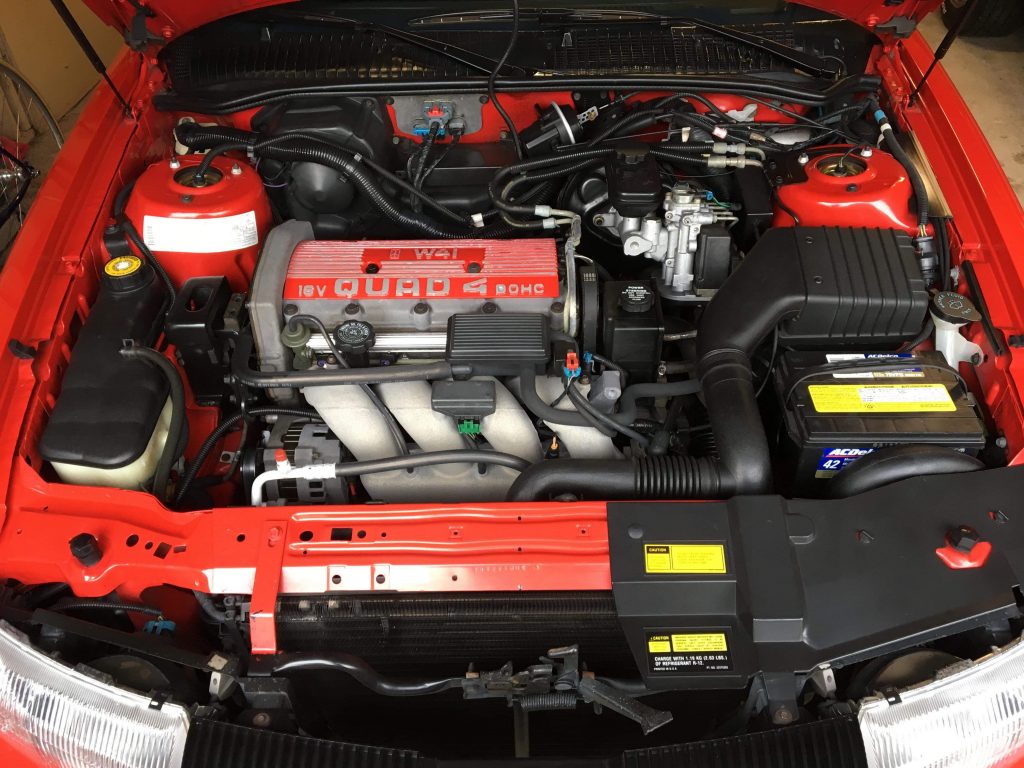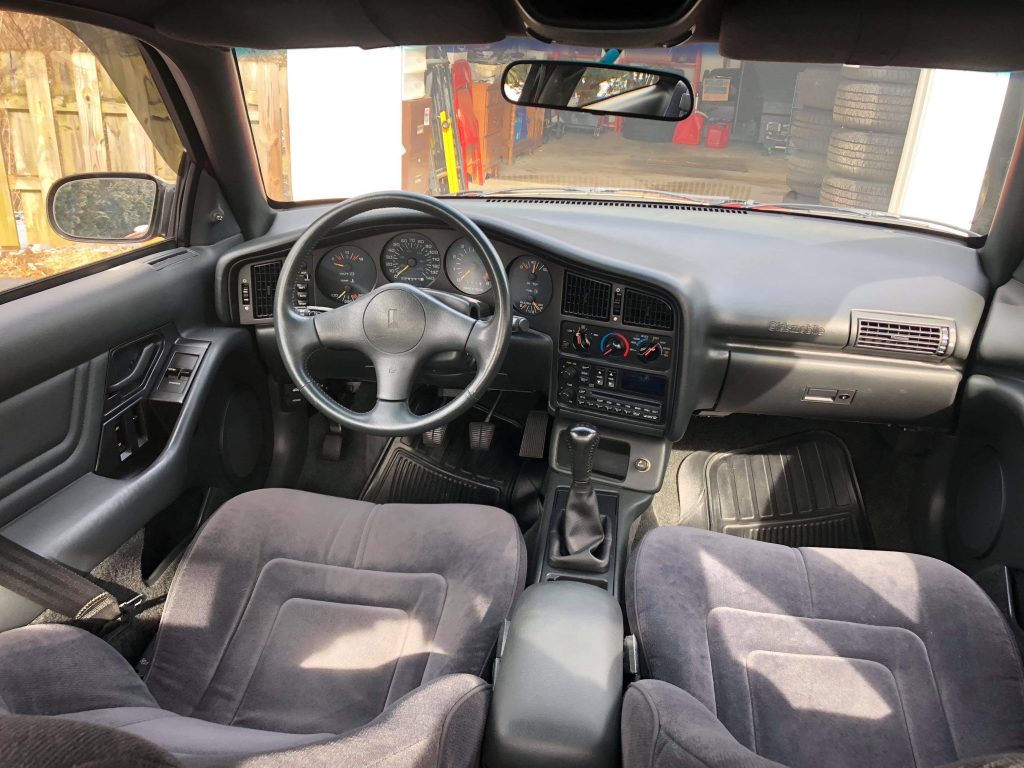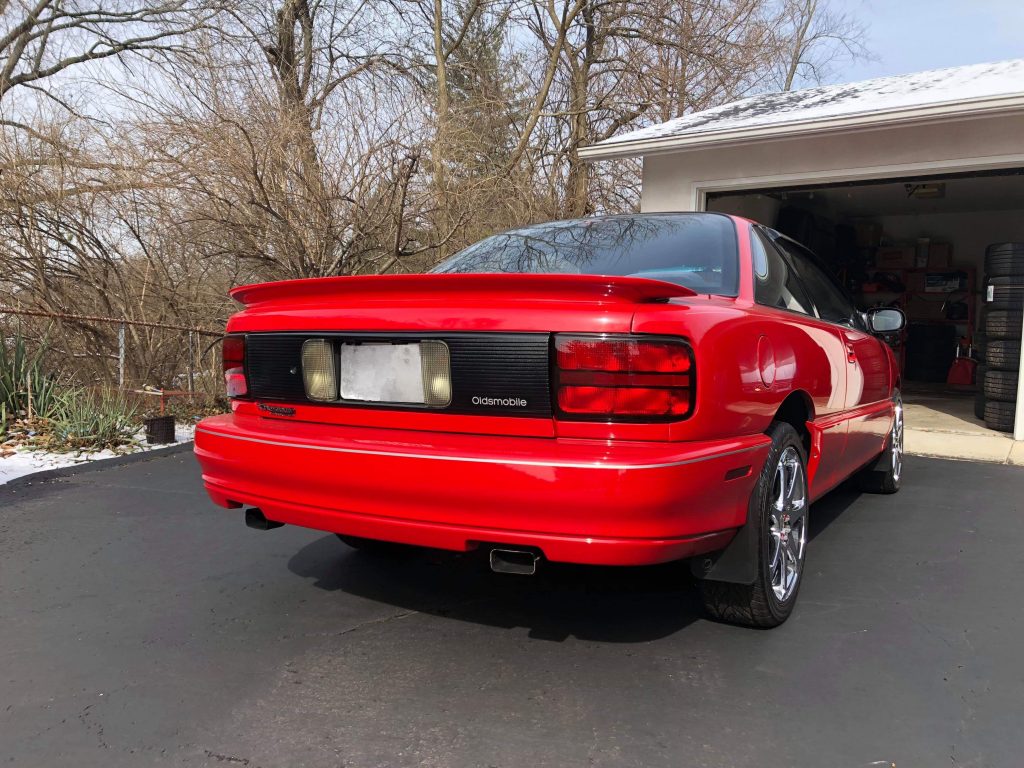
How do you improve upon the best-selling family vehicle in America? That was the question Toyota grappled with when redesigning the wildly popular RAV4 crossover. After the new model was unveiled in March, the automaker’s answer became clear: more power, better performance, more personality.
Yet that formula could only work for Toyota if RAV4 reliability and safety ratings held firm (the same goes for pricing). In short, it was a tall order no matter how you consider it.
So we jumped at the chance to test the various RAV4 models in the second week of November. Here are the impressions we had from our first drives of the 2019 model that starts at $25,500.
1. A welcome power boost
While the outgoing RAV4 had decent-enough acceleration, no one would describe 176 horses (172 pound-feet of torque) as especially powerful. Toyota changed that with a new engine capable of 203 horsepower and 184 pound-feet of torque. It works with an eight-speed transmission that’s an update from the previous six-speed system.
Driving north from Carmel toward Monterey Bay, we had no trouble merging onto the highway or otherwise maneuvering in an Adventure model. In this setting, the all-wheel-drive system mostly relies on the front wheels to conserve fuel. Even in this top trim, the EPA estimate for the 2019 RAV4 is 32 mpg in highway driving.
2. Taking in the new style

Toyota team said designers went for more SUV in the 2019 RAV4. As a result, you’ll find a bit more lift and styling that reaches for the brand’s truck-based utility vehicles. (There’s also a bit of Tacoma in the grille.)
At the curb, it has a more rugged appearance, especially in the Adventure trim, though we’re not crazy about the overall look on this model. Limited editions display a tasteful amount of chrome in the grille and project more refinement overall.
3. Fuel economy of 29 mpg in most trims
We cover the RAV4 Hybrid in another first-drive review, but we’d like to mention its 39 mpg combined here anyway. That’s an impressive gain over the previous model. Meanwhile, every RAV4 got a big fuel economy bump for 2019.
- LE/Limited/XLE/XLE Premium trims with front-wheel drive (FWD): 29 mpg combined (34 highway mpg)
- LE/XLE/XLE Premium with all-wheel drive (AWD): 29 mpg combined (33 mpg highway)
- Adventure/Limited (AWD standard): 27 mpg combined
The best the previous-gen RAV4 could do was 25 mpg with all-wheel drive and 26 mpg with front-wheel drive.
4. Well-equipped for the trail

With dynamic torque-vectoring in the all-wheel-drive system on Adventure and Limited models, the new RAV4 proved capable on rugged terrain. This system can recognize spinning wheels and send power to the other wheels with traction to get the vehicle through rough patches.
Meanwhile, the Multi-Terrain Select system allows you to shift into different modes depending on the challenge (mud, dirt, snow, etc.). RAV4 Adventure acquitted itself well in the off-road part of our drive.
5. Interior feel and tech

The new RAV4’s cabin is not very cluttered, and controls are easy enough to operate. (In the Adventure trim, you’ll find all the terrain selection to the left of the gear shifter.) WiFi and Apple CarPlay come standard, though Android Auto doesn’t.
A digital rear-view mirror (the sort you find on the ’19 GMC Sierra) and 360-degree view are available if you’re in the habit of loading up the cabin ir need a hand parking in tight spots.
6. Pricing and release dates

After the base LE, the XLE ($27,300), XLE Premium ($29,500), and Limited models ($33,500) with front-wheel drive have slight price hikes with the added content for 2019.
With all-wheel drive, the LE ($26,900), XLE ($28,700), XLE Premium ($30,900), Adventure ($32,900), and Limited ($34,900) also have reasonable price bumps compared to the outgoing generation.
Gas-powered RAV4 models will begin arriving in U.S. dealerships by December. Hybrid models will follow beginning in March.

















